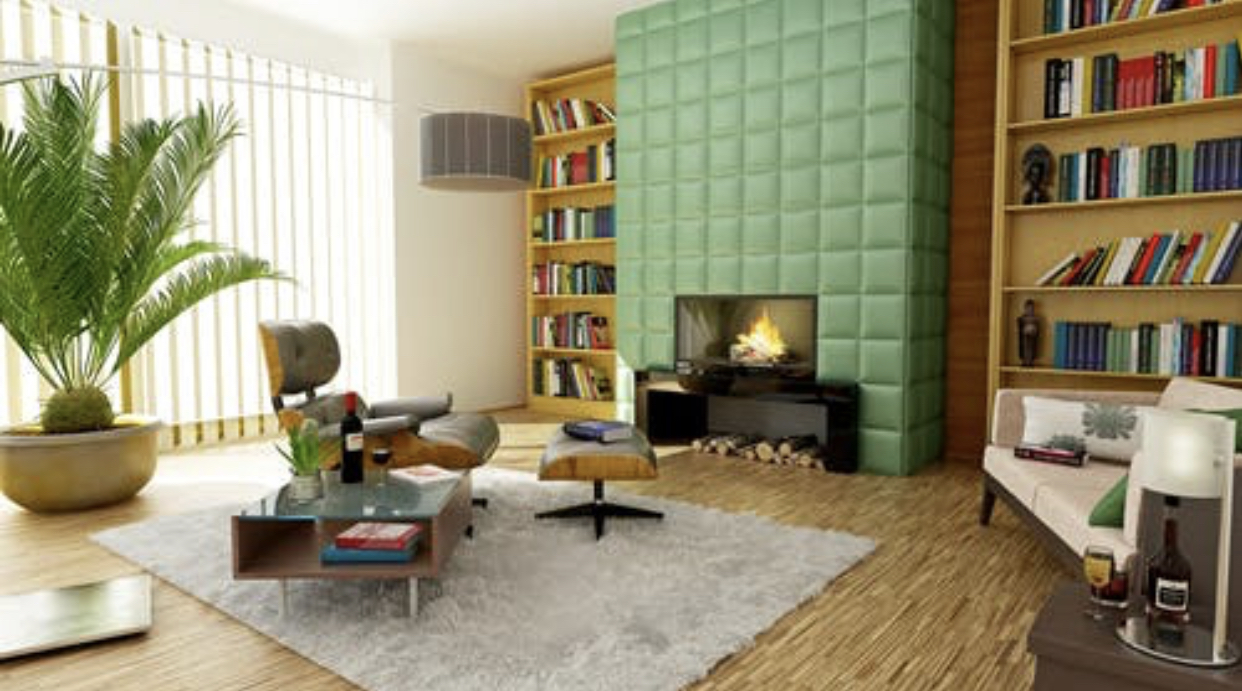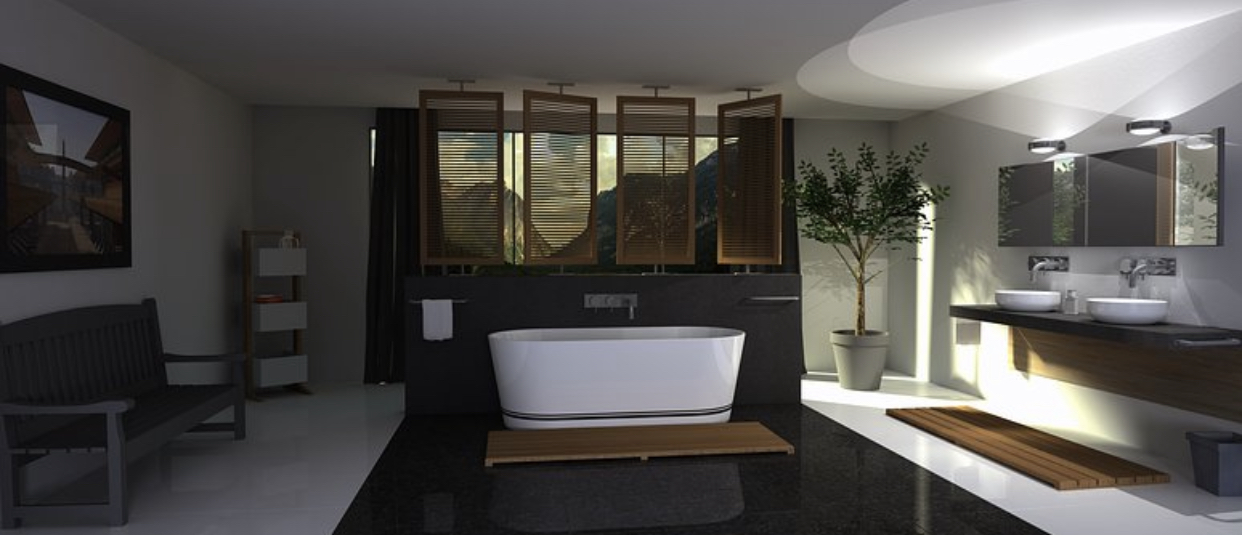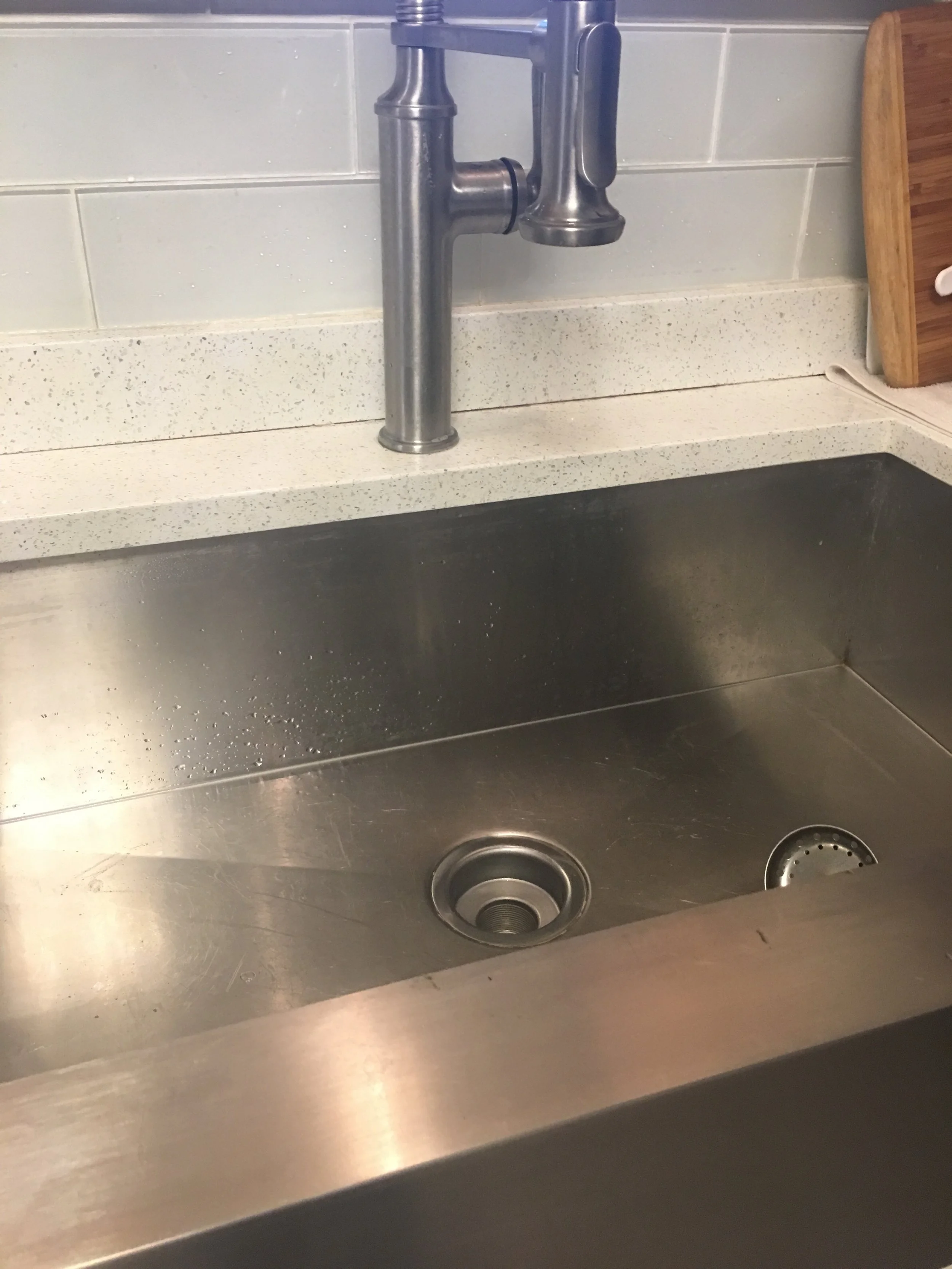Design Tips Perfect for Older Adults
RH Business Marketing Solutions
Design Tips Perfect for Older Adults
While not everyone can completely remodel their home to fit their aging needs, there are a few design tips that can ensure every older adult has a more pleasant and safer life. The best way to start your renovation is to look at senior homes and seek some inspiration for safe and stylish senior life. Let’s see what older adults need and prefer when it comes to interior design.
Practical entryways
Every house starts with a good entryway, so make sure to make it practical and safe. For instance, fumbling for keys while you hold grocery bags can cause you to get distracted and lose your balance. So, it can be smart to place a small table or bench next to your entrance. This addition will not only boost the practicality of your entryway but also increase its aesthetic appeal.
Safe bathrooms
Many falls at home happen right in the bathroom due to slippery showers, baths and floors. So, consider investing in practical grab bars you can find in many places in senior care facilities. These ensure a more practical and safer entrance and exit out of the bath. But, their stainless steel look can also boost elegance in your space. You can also place them next to your toilet for when you need extra support getting up. Additionally, consider ditching baths and investing in a practical step-in shower and hand-held showerhead. This combination will ensure the most practicality and style.
Good lighting
Any dark corner, poorly-lit room and shady stairway can result in a potential fall or a bump. This is especially important for stairs, hallways and entryways that usually hide the biggest number of obstacles, so it’s no wonder every modern aged care facility is well lit from the entrance to the last room. For instance, if you look at retirement living at Mark Moran Vaucluse you can see that the facility is filled with layered light, both natural and artificial. Their design experts chose to shower the rooms with light to prevent injuries and promote wellbeing. So, make sure to take inspiration from these respectable facilities and light up your space, especially those nooks that can hide sharp corners and other hazards.
Smart doors
In order to boost mobility between rooms, try to invest in pocket doors. They always stay out of the way when opened and they prevent them from getting caught on clothing or walking aids. Additionally, you can also replace all your doorknobs with more practical levers. These are easier to grip and handle, especially for seniors with arthritis and similar afflictions.
Easy-to-climb stairs
For older people, stairs are often a true nightmare. They are exhausting and dangerous, so make sure to equip any stairs in your home with handrails, preferably on both sides. Clearly visible and separate steps can also make your ascend and descend safer, even if your vision is impaired. There are cheap stickers you can get that will allow you to mark your steps and prevent trips and falls.
Anti-slip floors
Oftentimes, danger lurks under your feet. With age, you start to lose your balance and speed, so slips can end up with a serious injury. The easiest way to prevent slips yet keep your home stylish is to invest in nonskid mats under your rugs. If you use a walker or wheelchair to get around, it’s best to opt for a low-pile carpet that won’t get caught in your wheels and walkers. You can also ditch your area rugs and embrace the popular minimalist style that’s also very easy to keep clean.
If you follow these senior design tips, you’ll have a home that will allow you to age with grace, safety and style. You’ll get to enjoy your home for many, many years to come, but whenever you notice you can’t take care of your safety, make sure to find a good senior care facility.
Guest Contributor, Diana Smith

















